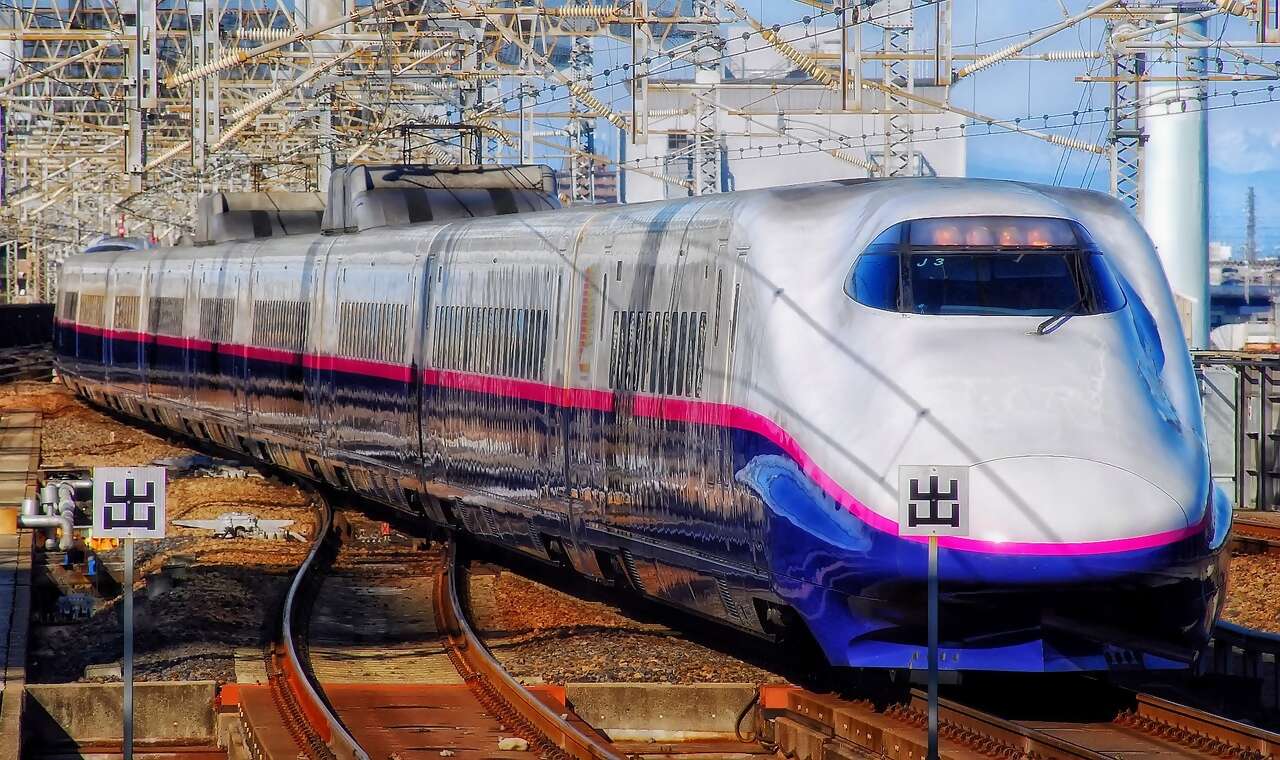Japan is a nation where efficiency and technology meet tradition and culture, especially in its transportation systems. When traveling in Japan, one can experience a wide range of transportation modes tailored to various preferences and budgets.
Transportation Types and Modes
- Trains: The backbone of Japanese transportation is its extensive railway network. From the world-famous Shinkansen bullet trains to local and regional trains, there's a service for every need. Prices vary from the relatively inexpensive local trains to the pricier Shinkansen. The Japan Rail Pass offers tourists unlimited travel on most JR trains for a set period.
- Buses: An economical alternative to trains, long-distance highway buses connect cities across Japan. Local buses serve areas not covered by the train network. Fares are competitive, especially for night buses.
- Flights: Domestic flights connect major cities and remote islands. Prices can be comparable to Shinkansen fares, especially with low-cost carriers.
- Ferries: For those who aren't in a rush, ferries travel between the Japanese islands. They range from short hops to long overnight journeys, with fares varying accordingly.
- Cars: Renting a car can be worthwhile for exploring regions with sparse public transport. Costs include rental fees, fuel, and tolls, which can be expensive.
- Taxis: Taxis are everywhere but are a costly option best used for short distances or when other transport is unavailable.
- Bicycles: Many cities are bike-friendly, and rentals are widely available for local sightseeing at reasonable rates.
Airport Access
Japan's major airports offer a variety of options to reach city centers:
- Tokyo Narita Airport: The Narita Express train takes about an hour to Tokyo Station. Alternatively, the Keisei Skyliner reaches Ueno in about 40 minutes. Airport Limousine buses also serve central Tokyo and surrounding areas.
- Tokyo Haneda Airport: The Tokyo Monorail and Keikyu Line connect Haneda Airport to the Tokyo city center in less than 30 minutes. Buses are also available.
- Osaka Kansai Airport: The JR Haruka Express and Nankai Railway provide services to Osaka Station and Namba Station respectively. Limousine buses are another option.
- Fukuoka Airport: Just a 5 minute subway ride from Fukuoka Airport to Hakata Station, the city's main rail hub.
Walkability
Japan enjoys a high level of walkability, especially in its cities. Many have been designed with pedestrians in mind, featuring ample sidewalks, pedestrian zones, and convenient crosswalks. Walking is often the best way to explore local neighborhoods, temples, and shrines.
Between Major Cities
| Mode |
Description |
Average Price Range |
| Shinkansen |
Fast and frequent bullet trains connecting major cities. |
¥3,000 - ¥25,000 |
| Domestic Flights |
Quick way to cover long distances; competitive with Shinkansen for some routes. |
¥5,000 - ¥20,000 |
| Highway Buses |
Cheaper but slower; overnight options available. |
¥2,500 - ¥10,000 |
| Ferries |
Ideal for island-hopping or scenic coastal routes. |
¥1,000 - ¥10,000+ |
| Rental Car |
Suitable for flexible itineraries; prices vary widely. |
¥5,000 - ¥20,000/day |
At Travel with Terrin, we understand the complexities of navigating Japan's vast transportation network. Our expertise lies in crafting seamless travel experiences by assisting with flight bookings and procuring train and bus tickets that align with your itinerary and preferences, ensuring a hassle-free journey through this beautiful country.





